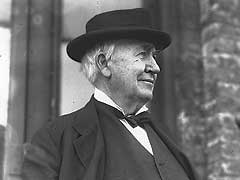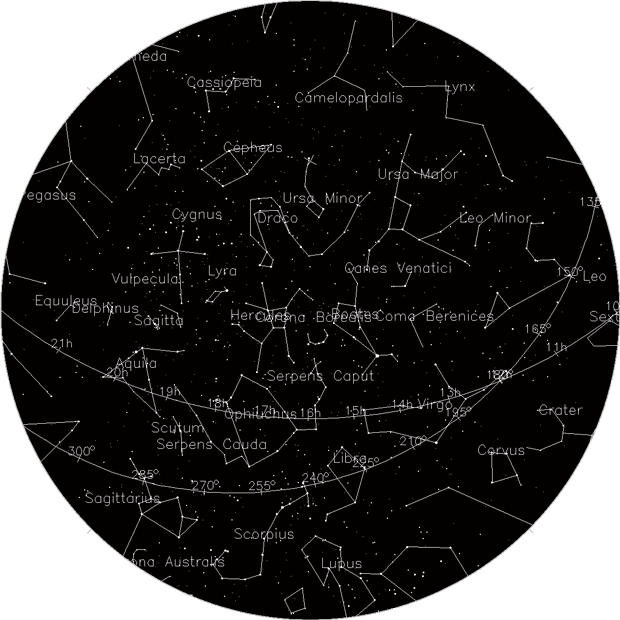DARK SKY HAPPENINGS - July 2019 The Moab Dark Skies was established by the Friends of Arches and Canyonlands Parks in conjunction with the National Park Service and Utah State Parks Division of Natural Resources.
Dark skies are a valuable and rare resource that millions of people throughout the world never get to see. Discover ways to appreciate and conserve Moab’s unique and rare dark skies here at home. The universe is right overhead in our backyards! Better Options for Lighting and Improved Health
On a chilly New Year’s Eve in 1879 people gathered in Menlo Park, New Jersey, for a glimpse into the future. They were standing in front of Thomas Edison’s laboratory, waiting for a demonstration of an invention that many doubtlessly suspected would change lives for generations to come. But when Edison lit that first practical electric incandescent lamp, not even he could have predicted the multitude of ways that this artificial extension of daylight would change the planet. It’s easy to list the ways that electric lights have enhanced our lives. For starters, we can be more productive for more hours in the day, electric lights can make us safer, and have aided in the invention of countless other products. But it’s also wise to keep in mind the ways that artificial lights can be detrimental to our own health and that of our planet, so that we can work to mitigate the ill effects. One way that lights have affected us is by changing our circadian clocks. Our circadian clocks are our bodies connection to the 24-hour cycle of light and dark that affects a multitude of physiological processes like hormone production, heart activity, metabolism and cell regulation. The natural cycle of day and night is so ingrained in our bodies that we actually have “clock genes” which are inextricably linked to our circadian rhythms. When this natural rhythm is impacted by artificial lights, it can impact our bodies in all kinds of ways. Many studies have shown links between an exposure to artificial nighttime light and breast cancer. In fact, a study by Dr. Stevens published in 2008 demonstrated that women living where it was bright enough to read a book outside at night had a 73 percent greater risk of developing breast cancer than women living where they experienced natural darkness. Evidence suggests that prostate cancer, obesity, diabetes, depression, and other health problems may also be influenced by a disruption to our circadian clock. The good news is that this is a fixable problem. It’s relatively easy to minimize artificial light at night. Many options are now available for making artificial lights healthier for our bodies as well as the environment. If you are interested in trying some of these options for yourself and your community, the International Dark Sky Association’s website is a great place to start as you seek healthy light solutions.
|
||||||||||||||||||||||||||||||||||||||||||||||||||||||||||||||||||||||||||||||||||||||||||||||||||

